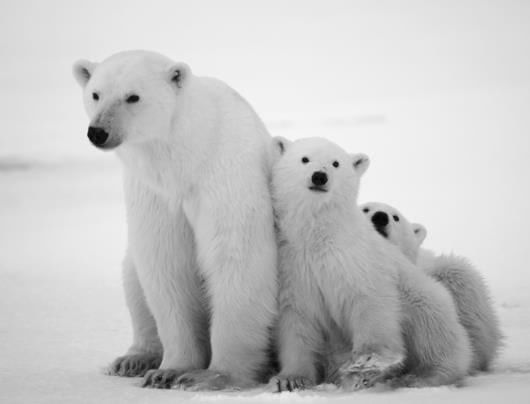Test: Adaptation in Animals- 1 - Class 4 MCQ
10 Questions MCQ Test - Test: Adaptation in Animals- 1
Which of the following animals has hind limbs longer than the forelimbs?
Birds, some insects, and bats are examples of _____ animals.
Animals live in places that provide food, water, and __________, which is called their habitat.
Tigers and leopards have stripes on their bodies. How does this adaptation help them?

Which of the following birds can survive in cold winter in Polar Regions?
Which of the following body parts maintain balance in a monkey?

State whether the following statement is True or False
Scales on the skin of animals like lizards, chameleons, and snakes protect them from drying.
Which of the following adaptations protects a stick insect from its enemies?
Animals living in cold regions have _____ on their bodies to protect them from cold.


















